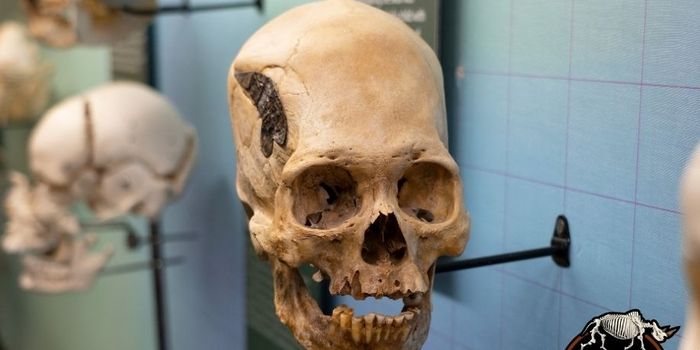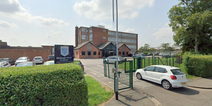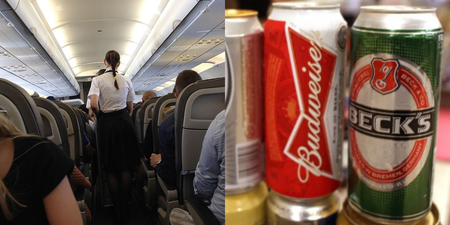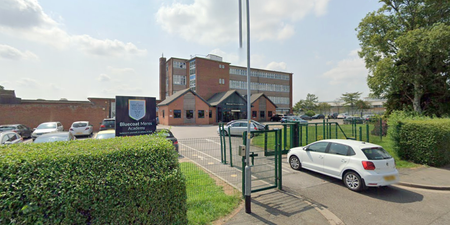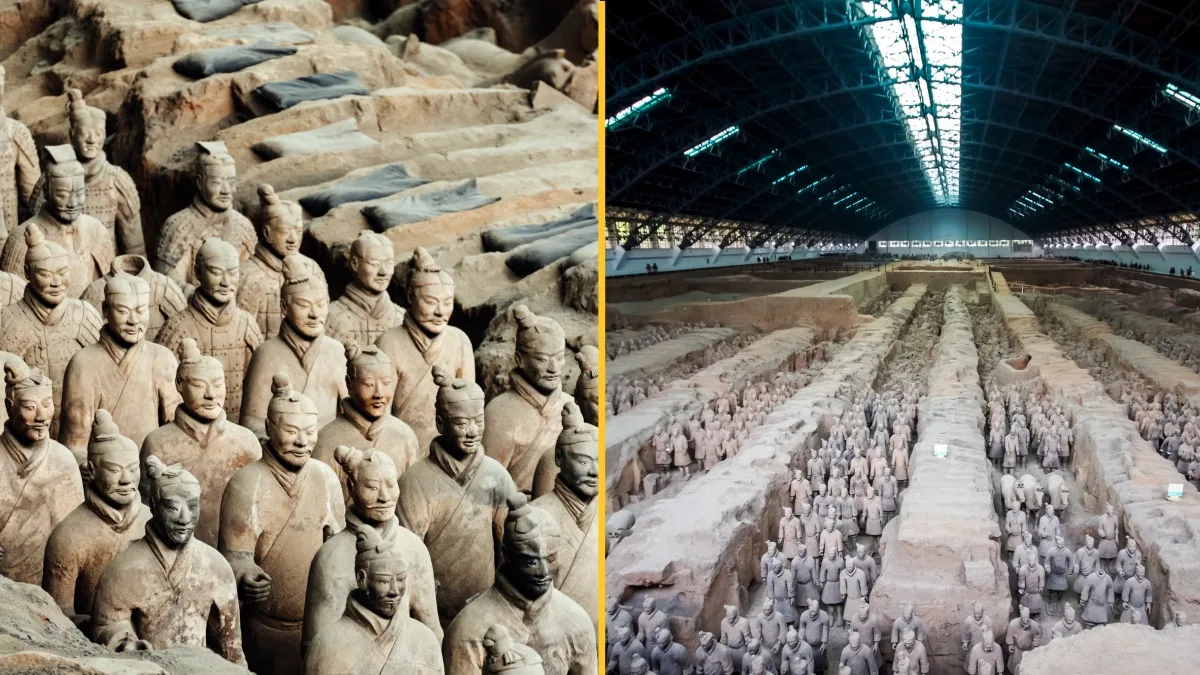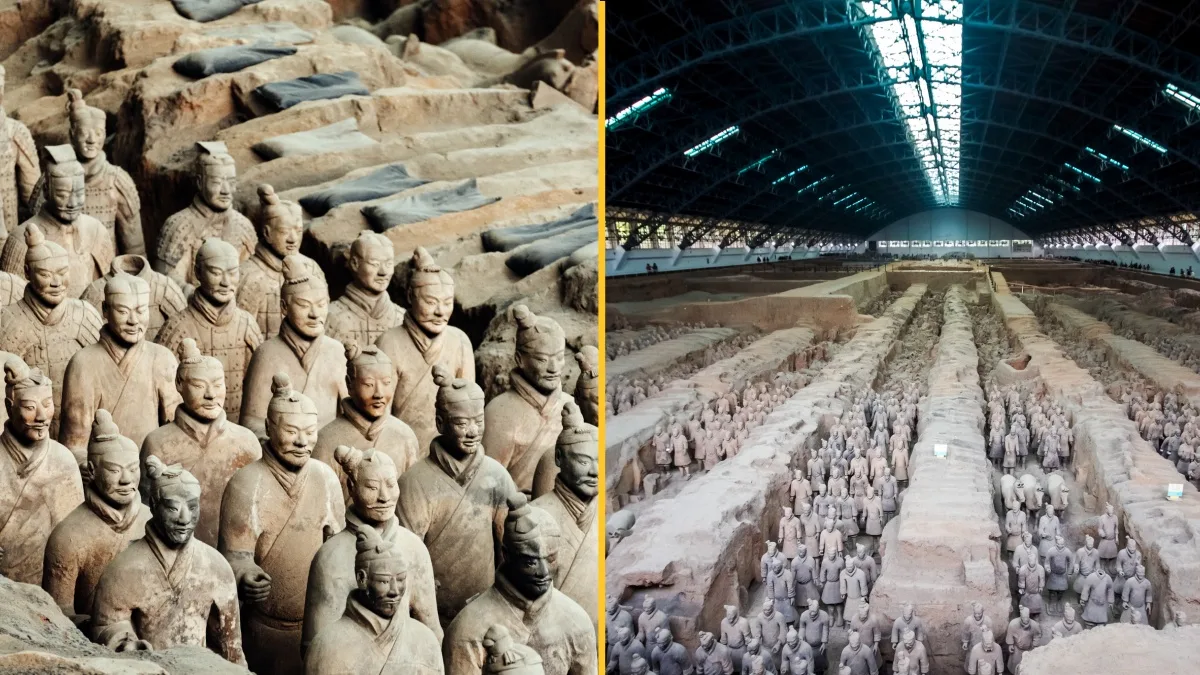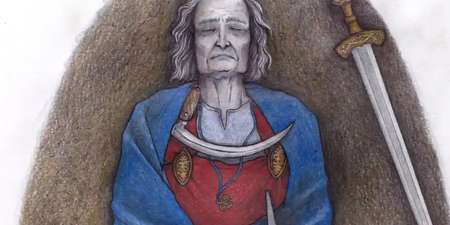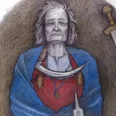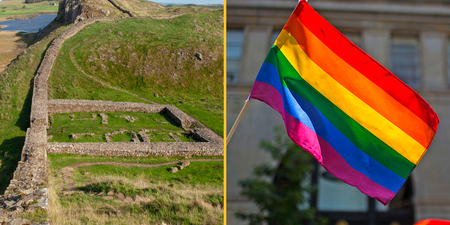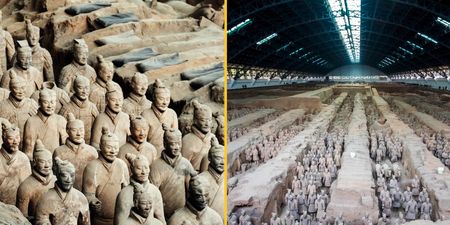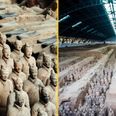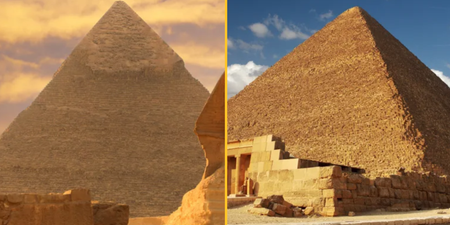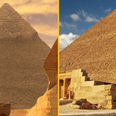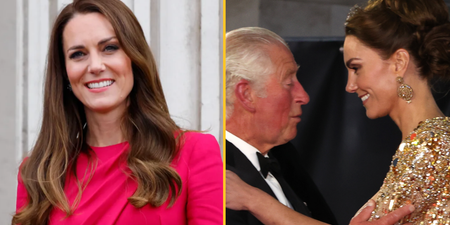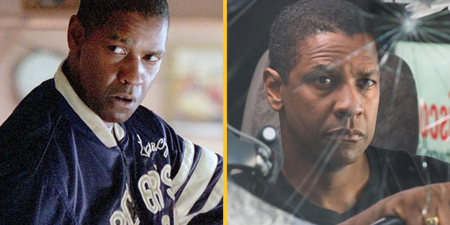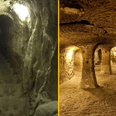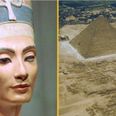The Peruvian warrior survived the remarkable surgery
A museum in the US has branded an elongated skull fused together with metal as “one of our most interesting” pieces, with experts saying it is one of the earliest examples of surgery amongst ancient peoples.
The skull, which is currently in the possession of SKELETONS: Museum of Osteology in Oklahoma, US, is believed to have been damaged in battle 2000 years ago.
After returning wounded, it is thought that Peruvian surgeons were forced to act – achieving miraculous success.
In a post on Facebook providing more information about the skull, the museum said that the elongation of its structure was “achieved through head binding beginning at a very young age”, a practice that conveyed social status.
The man is believed to have been injured in battle and had surgery to implant a piece of metal to repair the fracture.
According to the museum, the material used was “not poured as molten metal” with the plate “used to help bind the broken bones.”
The exact composition of the alloy is unknown.
https://www.facebook.com/MuseumofOsteology/photos/a.149308331788860/3885221314864191/?type=3
The skull proves that ancient peoples were capable of performing complex surgery and medical procedures.
In a previous post about the skull, the museum wrote: “This is a Peruvian elongated skull with metal surgically implanted after returning from battle, estimated to be from about 2,000 years ago. One of our more interesting and oldest pieces in the collection.
“We don’t have a ton of background on this piece, but we do know he survived the procedure. Based on the broken bone surrounding the repair, you can see that it’s tightly fused together. It was a successful surgery.”
https://www.facebook.com/MuseumofOsteology/posts/2848529498533383
The skull had been in the museum’s private collection but after a surge of public interest in the artefact it was put on display in 2020.
A spokesperson for the SKELETONS: Museum of Osteology told the Daily Star: “We don’t know the metal. Traditionally, silver and gold was used for this type of procedure.”
Related links:
